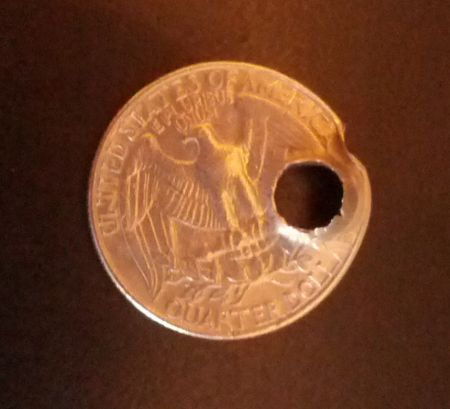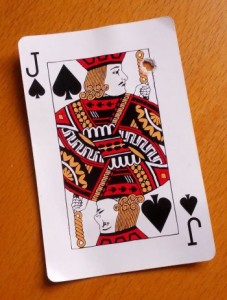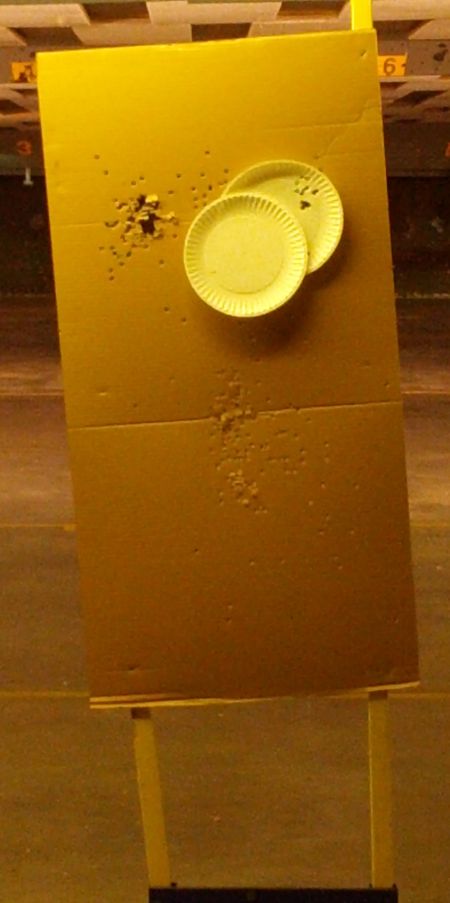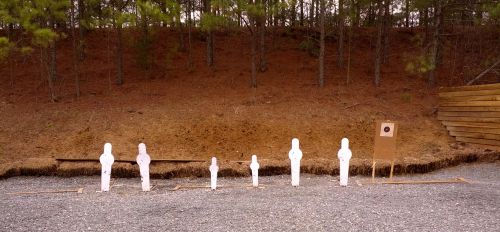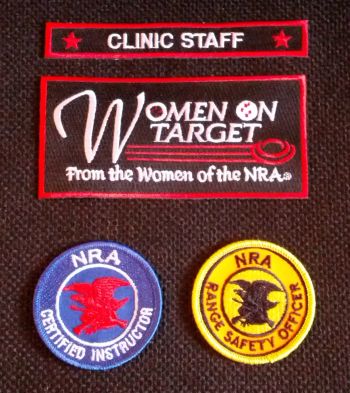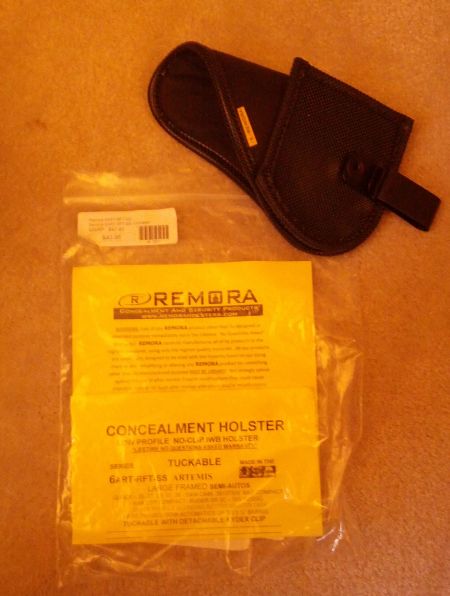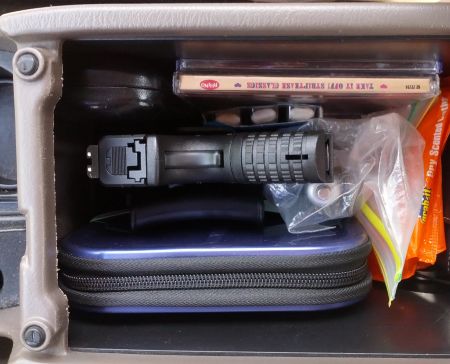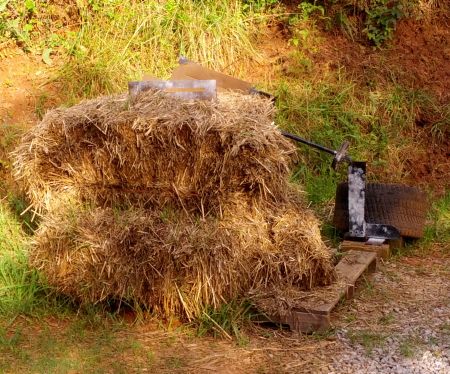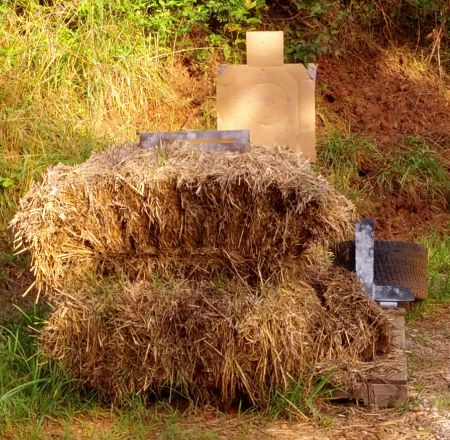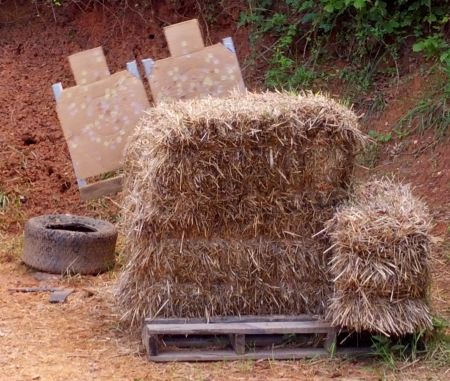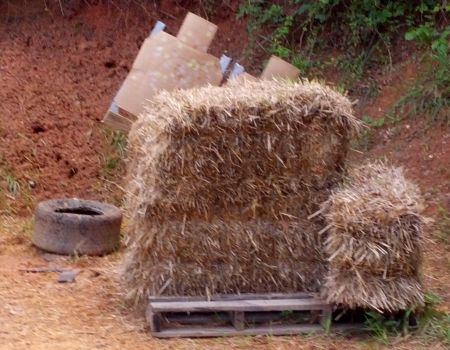I’m a pistol shooter. I have very little experience with any other type of weapon. I recently posted an ad online looking for a partner to shoot defensive pistol matches. Why? I found that most male shooters are polite to single women shooters, but I wouldn’t call them welcoming. Possibly I’m considered a threat to someone’s marriage, I’m not sure. But it’s fairly boring going to a match for 4+ hours and not really engaging with anyone at more than an impersonal level. So to make it more compelling for me to shoot matches, I made an attempt at recruiting partner(s) through my extended network.
A total stranger popped up in response to the ad, and I ended up shooting an AR-15 out the second story window of his house at the backstop in his yard within two weeks. IT WAS A BLAST!
It’s not as crazy as it sounds. We have a mutual friend that vouched for him. I met him for dinner before driving to his house. Part of the conversation included him asking me if this was a passing phase or if I was serious about shooting. Fair enough. I liked his direct approach.
I won’t share his background without his permission but we started by talking about range safety then shot pistols in his backyard into the backstop he’d built. He helped me understand “natural point of aim” a bit better and had me do some drills drawing from the holster and shooting the target with my eyes closed. After 6 or 8 shots I had a nice pattern — all about 12 inches to the right of the target. After a bit more observation he told me I was pushing the gun to the right when I added my support hand. This is something I’d like to work on more. When crazy things start to happen, it’s most likely I’ll point shoot. So I’d like to build that skill.
He’s more of a long gun kind of guy and offered to let me shoot one of his AR-15s. I brought some .223 rounds and we shot them all.
Details:
- Range: 55 yards
- Direction: from the 2nd floor of the house down into the backstop
- I shot from benchrest
- I used a scope
We shot targets. He had paint balls so we propped them up on the target with thumb tacks and shot the paint balls. They go SPLAT! very nicely. I nailed 3 in a row on my first attempt and giggled like a kid. And as you can see, we shot coins too. I really wanted a souvenir.
I pretty sure there there is a 3 gun match in my future. If I wasn’t replacing the transmission in my car this week I’d be out shopping for AR-15 components.
I’m still not exactly sure if I’ve found a defensive pistol match partner, but I did have a great experience and if nothing else, I may have picked up yet another expensive hobby.


